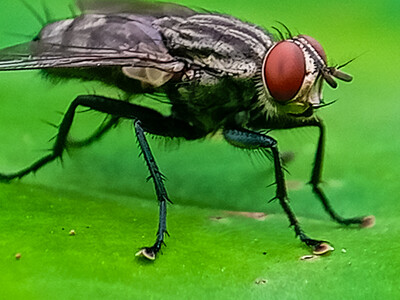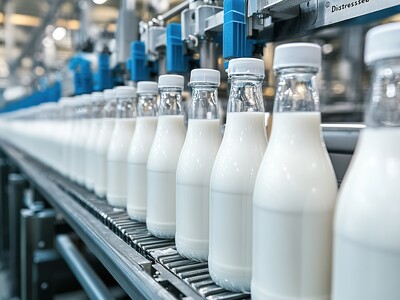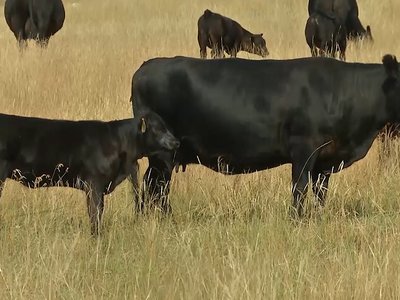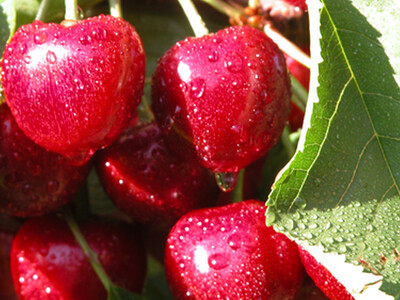Killing Huanglongbing
Scientists are closer to gaining the upper hand on a disease that has wiped out citrus orchards across the globe. New models of the bacterium linked to the disease reveal control methods that were previously unavailable.
Metabolic models of organisms are like road maps of cities.
“They show you all the biological processes, and how they work together,” said UC Riverside microbiology professor James Borneman. “They also show you which molecular pathways, if blocked, will kill the organism.”
In this case, researchers created the first models of the bacterium associated with Huanglongbing or HLB, also known as citrus greening disease. The team’s work is described in a new paper published in Nature's npj Systems Biology and Applications.
The research team made models for six different strains of the bacterium known as CLas and doing so enabled them to identify as many as 94 enzymes essential for the bacterium’s survival. These enzymes can now be considered targets for the creation of new antibacterial treatments.
In addition, the team identified metabolites required for the bacteria to grow.
“Just like when humans break down the food they eat into small components called metabolites, which feed our cells, bacterial cells also require metabolites for their growth,” Borneman said.
Knowing the metabolites needed for CLas’ growth could enable scientists to cultivate it in a laboratory setting. It is not currently possible to grow CLas on its own, hindering scientists’ ability to study it and ultimately to manage it.

















